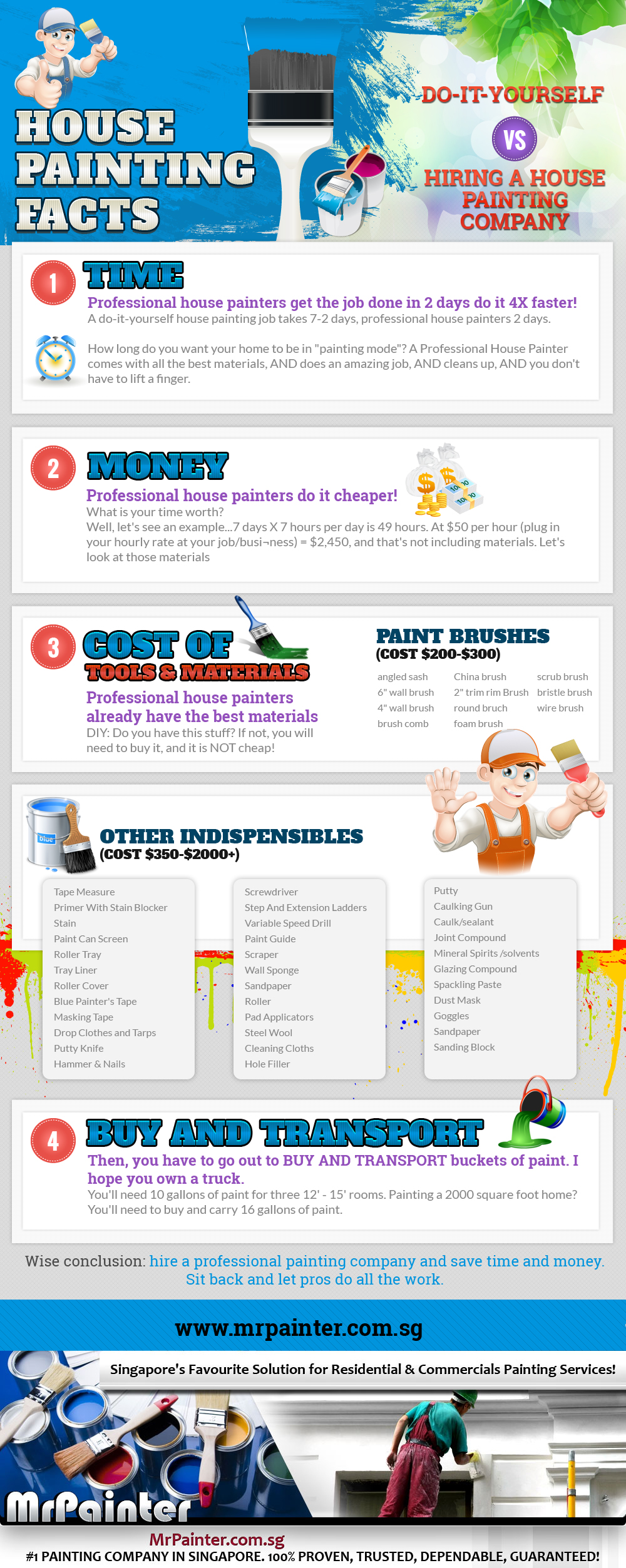Explore The Role Of Seasonal Factors In The Success Of Industrial External Painting And Reveal The Very Best Times To Secure Long-Term Outcomes For Your Job
Explore The Role Of Seasonal Factors In The Success Of Industrial External Painting And Reveal The Very Best Times To Secure Long-Term Outcomes For Your Job
Blog Article
Content Written By-Burnham Celik
When you're planning an industrial exterior painting job, seasonal aspects can make or break your results. You'll wish to consider how temperature and moisture effect paint application and drying times. Selecting pop over here can ensure your paint adheres appropriately and lasts much longer. However which seasons are absolutely the best for this sort of work? Allow's check out the crucial elements that can affect your project's success.
The Effect of Temperature Level on Paint Application
When you're planning a commercial outside painting job, the temperature level can dramatically influence just how well the paint sticks and dries out.
Ideally, you intend to repaint when temperatures vary between 50 ° F and 85 ° F. If it's too chilly, the paint may not heal effectively, leading to problems like peeling off or splitting.
On the flip side, if it's too hot, the paint can dry out too rapidly, avoiding proper attachment and resulting in an uneven coating.
You need to also think about the moment of day; early morning or late afternoon offers cooler temperatures, which can be much more beneficial.
Always check the supplier's suggestions for the specific paint you're making use of, as they frequently supply assistance on the perfect temperature level array for optimum outcomes.
Humidity and Its Effect on Drying Times
Temperature level isn't the only environmental variable that affects your commercial external painting job; humidity plays a considerable function too. local painting contractors near me can slow down drying out times dramatically, impacting the general top quality of your paint work.
When the air is saturated with moisture, the paint takes longer to cure, which can result in concerns like inadequate adhesion and a higher danger of mildew growth. If you're painting on a particularly damp day, be prepared for prolonged delay times in between coats.
It's important to keep an eye on local weather conditions and strategy as necessary. Ideally, aim for humidity degrees in between 40% and 70% for optimum drying.
Maintaining stellar construction in mind guarantees your job stays on track and provides a long lasting surface.
Best Seasons for Commercial Outside Paint Projects
What's the best season for your industrial external painting jobs?
Spring and very early autumn are usually your best bets. During these periods, temperature levels are mild, and humidity degrees are usually lower, producing excellent problems for paint application and drying.
Prevent summertime's intense heat, which can create paint to dry as well swiftly, causing bad attachment and coating. Similarly, winter's chilly temperature levels can hinder proper drying out and treating, taking the chance of the longevity of your paint task.
Go for days with temperature levels between 50 ° F and 85 ° F for optimal outcomes. Keep in mind to check the regional weather report for rainfall, as damp conditions can spoil your task.
Planning around these variables ensures your painting project runs smoothly and lasts much longer.
Final thought
To conclude, preparing your business external painting jobs around seasonal factors to consider can make a significant distinction in the outcome. By organizing job during the perfect temperature levels and moisture levels, you'll guarantee better adhesion and drying out times. Bear in mind to keep an eye on local weather forecasts and pick the right time of year-- spring and early fall are your best choices. Taking these actions will certainly help you achieve a durable and specialist surface that lasts.
